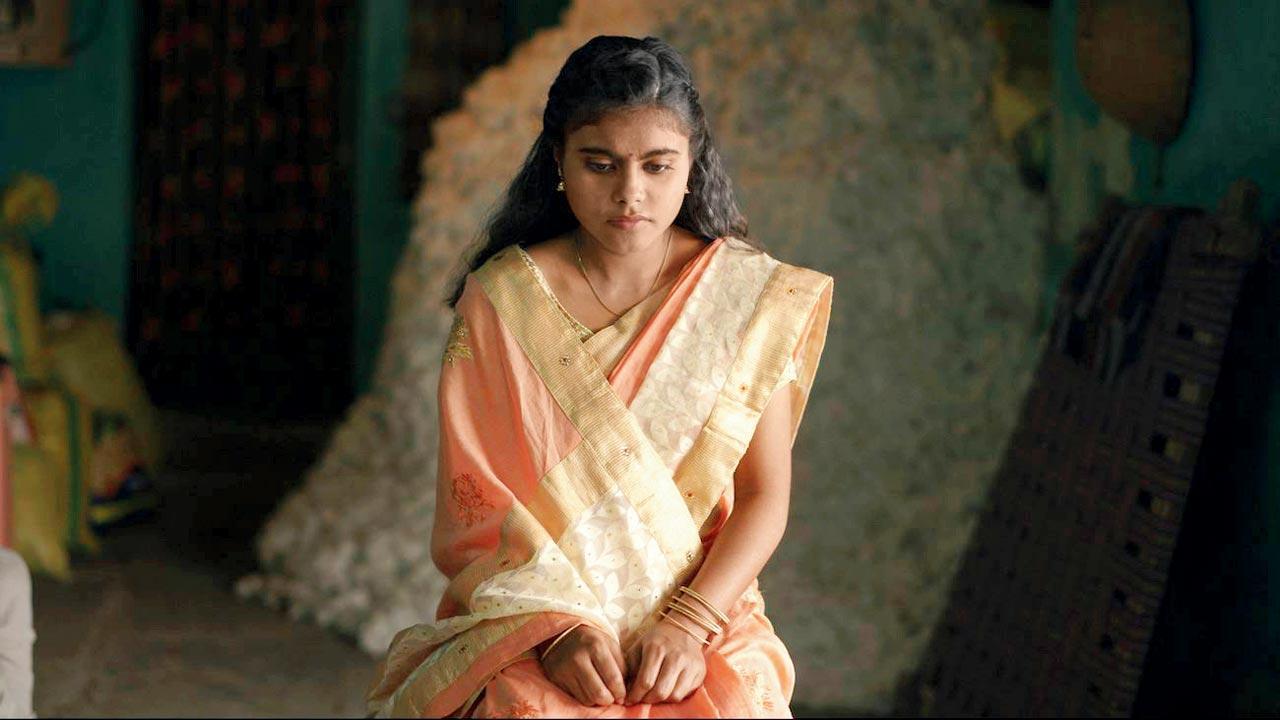Home / Sunday-mid-day / / Article /
Marathi debut film explores Maharashtra's match-making traditions at TIFF
Updated On: 03 September, 2023 07:06 AM IST | Mumbai | Sucheta Chakraborty
A Marathi debut feature set to premiere at the Toronto International Film Festival this week examines deep-rooted social evils through the lens of match-making traditions in rural Maharashtra

Sthal (A Match), which premieres at the Toronto International Film Festival this month, delves into the deep-rooted evils of colourism and patriarchal prejudices in Indian society that come to the fore during arranged marriages
It`s called a ‘kanda-poha’ programme in Marathi,” Jayant Digambar Somalkar tells us over a video call, referring to the “match-making” ritual where potential suitors come to gauge young girls for prospective marriages. The popular Maharashtrian snack, which is typically served in such situations, has come to stand for such formal meetings for arranged marriages. It is this repeated ritual that a young girl is put through in a village in Maharashtra, throwing up deep-rooted issues of colourism and patriarchal prejudices in our society, that forms the subject matter of Sthal (A Match), Somalkar’s writing and direction debut set to premiere at the 48th Toronto International Film Festival starting this week. Sthal is the only Indian film selected in the festival’s Discovery Programme this year.
Somalkar, who shot the film in his native village of Dongargaon in the Chandrapur district of Maharashtra, explains that as the youngest in the family with two sisters, he has witnessed several such match-making programmes growing up. It was at one such event, that he attended with a cousin, that the idea for the film first came to him. “I started thinking about what the girl must be feeling, while surrounded by a group of men asking her questions. I have an engineering background and am familiar with rituals of ragging, and this felt just like that,” he says.




